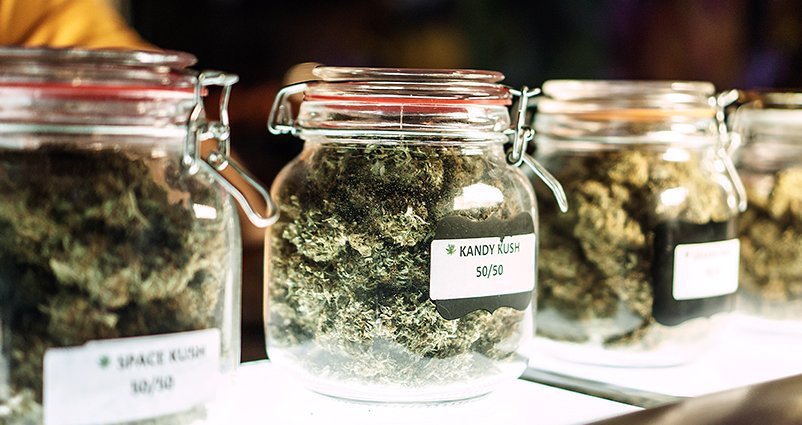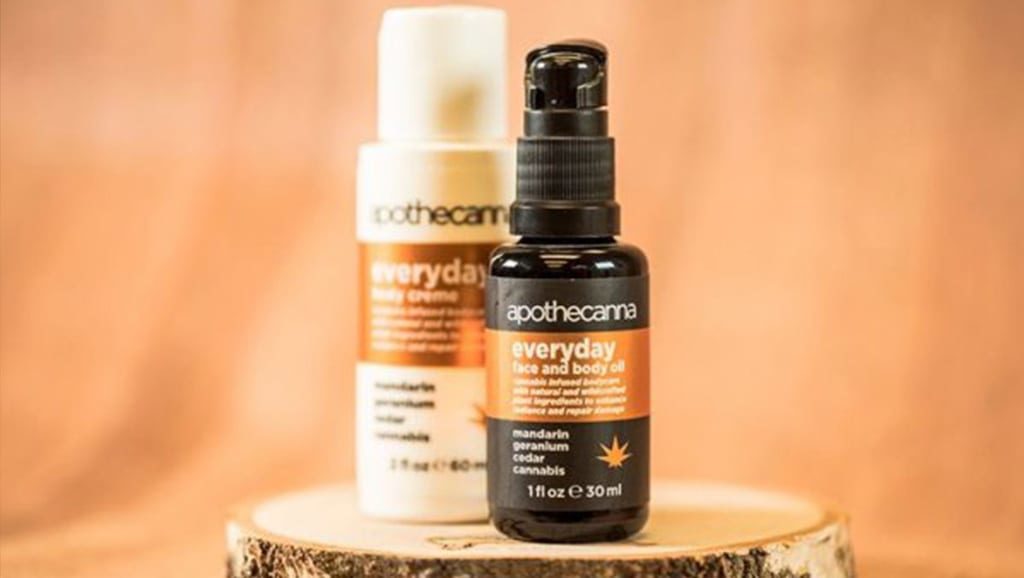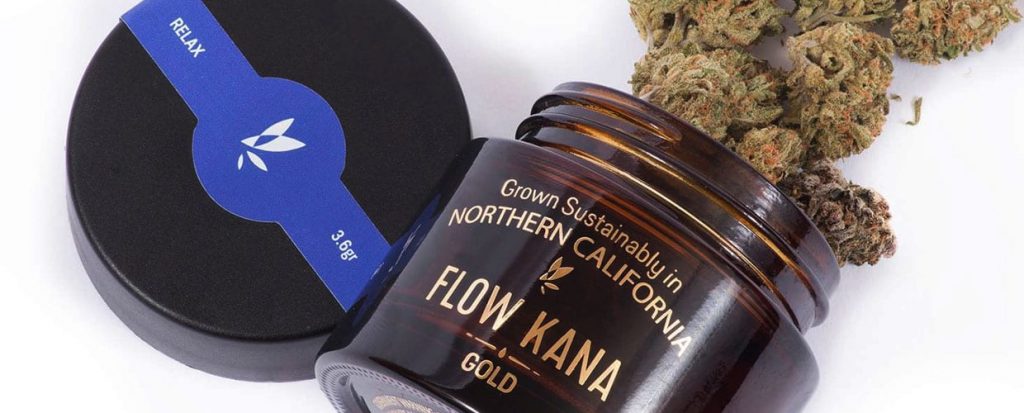WHERE DO CANNABIS STRAINS GET THEIR NAMES?
One step into a dispensary, and you’ll often be overwhelmed by the shelves of flower. Cannabis inherently comes in a few forms, which vary based on THC:CBD ratios, and whether the flower is sativa or indica. But since the origin of commercial cannabis, different strains have appeared with names like Green Crack, Girl Scout Cookies, Grandaddy Purple, and Sour Diesel – just to name a few. Where do these names originate from? We’re about to find out!
EARLY STRAIN NAMING
When growers began upping their production to meet the increasing demands for cannabis in the 20th century, naming was an easy way to decipher where a strain originated from. The mid-to-late-1900s were filled with transplanting marijuana from Afghanistan, India, Columbia, Thailand, Mexico, Jamaica, and more. At first, strains like Maui Wowie, Panama Red, and Hindu Kush were the most popular. Beyond the identifying location, the playful aspects of each name was just part of cannabis culture. Soon, the amount of strains outdid the number of places cannabis was being grown, and strains took on names more representative of their qualifying features, assigning importance to those playful addendums.
INTRICACIES OF CROSSING STRAINS
As growing continued to flourish, cannabis breeders sought unique combinations of strains to blend effects. It is generally accepted that there are 10 to 15 “true” strains of cannabis, and much of everything else is some crossbreed. While true strains had the properties of early naming, crossbreeds have names based on color and flavor profiles. Names including skunk, lavender, diesel, blueberry, lemon, and strawberry are currently more popular than ever.
INFERRING QUALITIES OF A STRAIN
The goal of naming strains based on sensory features was to familiarize and inform customers about certain products. For many strains, a base word gives you characteristics, while the qualifying word is for details in color or smell. For example, Sour Diesel is of the “diesel” sub-category, and the “sour” refers to its citrusy, sour smell and orangey appearance. Blue Dream is a combination of Blueberry and Haze strains, where the “haze” is depicted with “dream.” A very generalized idea is that certain words refer to the genetic makeup of a strain, while other parts are specific to the growing process. For instance, a purple color is achieved by growing cannabis with specific light and dark times towards the end of the process, and variations from these light specifications can result in a blue color instead.
BRAND VERSUS STRAIN
There’s some confusion among new and experienced smokers alike about what drives consistency. Between brand and strain, the answer is the brand. Strains are grown by many different budtenders from different brands. Picking based on strain can help guarantee some of the effects, but quality lies in the processes that a brand uses.
THE FUTURE OF NAMING
Of course, as naming progresses, it may continue leaving its sensical roots behind. More and more strains are named specifically after iconic people (see: Khalifa Kush, or Michael Phelps OG). There’s no saying exactly what the future of naming holds, because the influx of strain varieties in the market require standout names in order to make an impression on customers.
FIREHAUS HAS FLOWER
Today, the flower market is bigger than it has ever been. While a shelf of flower may still appear intimidating, the truth is that many strains are closely related and that quality is the result of the cultivation – not the strain. FireHaus is proud to carry a variety of flower from retailers that you know and love. Stop by today to talk to one of our knowledgeable budtenders, who are always happy to help you find the flower that’s right for you!


